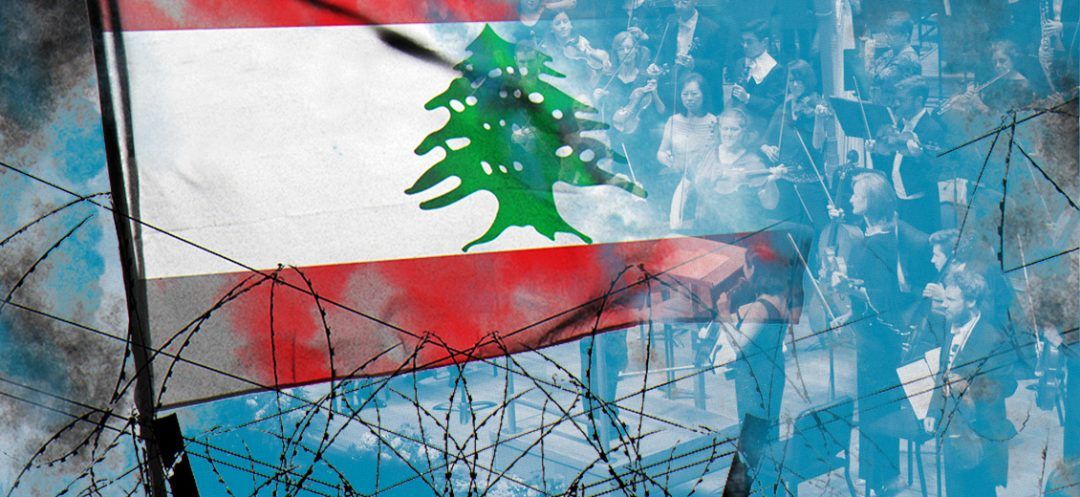
Lebanon is mired in an increasingly unbearable chaos, partly due to the persistent neglect of music education. Yet, music could offer a clear path to peace and, above all, harmony.
One person affirms, “We need to restore our ties with the West,” in desperation, while another insists, “We must turn to the East,” pointing a finger. For patriots, Lebanon’s salvation inevitably lies in adopting strict neutrality; for extremists, the (alleged) strength of the country lies in its involvement in every possible and imaginable conflict. Nationalists see Lebanon as a message-bearing country to defend, while obscurantists view it merely as a historical mistake, worthy of being sacrificed on the altar of others' interests. In the land of the Cedars, there are thus the opposing camps. All are Lebanese, yet each lives within their own tribe. They alternately hurl lessons of morality, principles and patriotism, never listening to dissenting voices. No truce. No respite. The cacophony is relentless, and the chaos is now unbearable. This is the harsh reality that accurately describes Lebanon. As surprising as it may seem, this dissonance appears to stem from the persistent neglect of music education.
Music and peace
He who sows music reaps peace. This has been reiterated on numerous occasions, yet it remains pertinent to emphasize in a nation that, regrettably, persists in adopting an ostrich policy and turning a deaf ear. Music provides a non-verbal means of expression that allows for the constructive management of emotions. In societies where music education is valued and integrated from a young age, children learn to express their feelings through music rather than through aggressive or confrontational behaviors. This art activates a complex brain network associated with reward and pleasure through the secretion of various neurotransmitters, notably, dopamine, also known as the “pleasure hormone.” By promoting music as a fundamental tool for expression and emotional management, we can hope to foster a culture of understanding and peace, countering dynamics of confrontation and division.
Cultural diversity
Music is also a powerful vehicle for promoting cultural diversity. By encouraging the study and practice of music from various traditions, societies foster better intercultural understanding. This process not only enriches individuals and communities but also plays a crucial role in reducing prejudice and misunderstanding. And which country could better embody this diversity than Lebanon? This small land actually has four non-commercial musical heritages: Lebanese traditional popular monodic modal music, Levantine traditional artistic monodic modal music, music related to Western classical traditions, and Lebanese music resulting from fusions with world music (including Jazz), without being commercially categorized. Through music, people are led to discover and appreciate different cultures. This openness fosters empathy, helping to ease tensions and build more respectful and cooperative relationships.
Sense of belonging
Collective musical practices, such as choirs, orchestras or chamber music ensembles, require close cooperation among musicians. Working together to achieve a common musical goal helps develop skills in collaboration, mutual listening and adaptation. These qualities are also relevant in other areas of social life, contributing to more respectful and harmonious interactions. Furthermore, collective engagement in artistic creation strengthens the sense of belonging and solidarity among participants. In an orchestra, there is neither majority nor minority, neither strong nor weak, neither preeminence nor subordination; each member contributes to the service of collective harmony.
Maurice Ravel's Boléro is a particularly illustrative example. A single melody unfolds repetitively throughout the work. From the beginning, some instruments establish simple and recurring patterns, while others introduce nuances and variations throughout the piece. The result is a harmonious and coherent accumulation where each instrument, though playing at different levels, contributes to the final texture. This cooperative model should serve as an example for a more balanced and equitable approach to political and social decision-making, promoting a more inclusive and attentive approach to common needs.
Read more




Comments